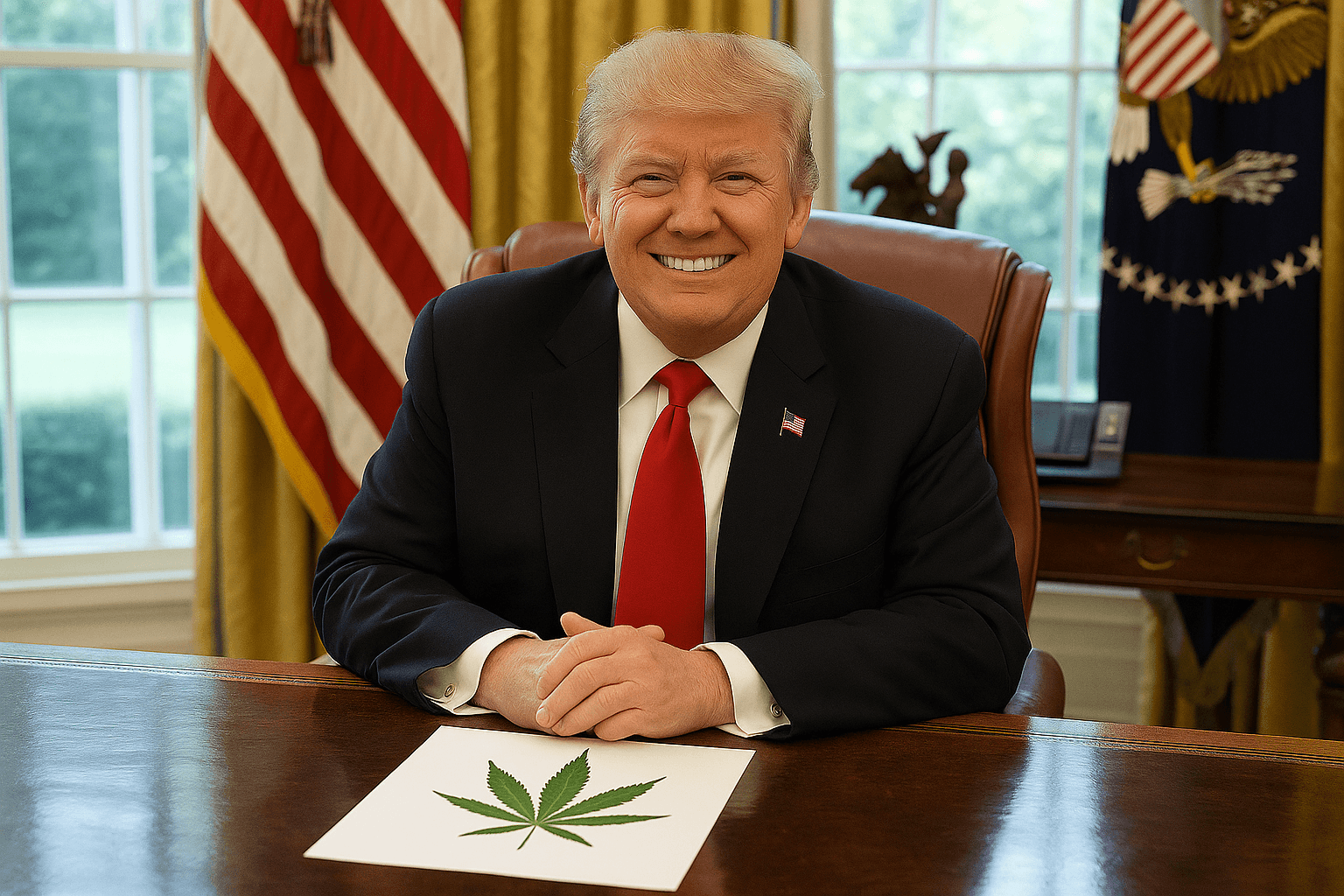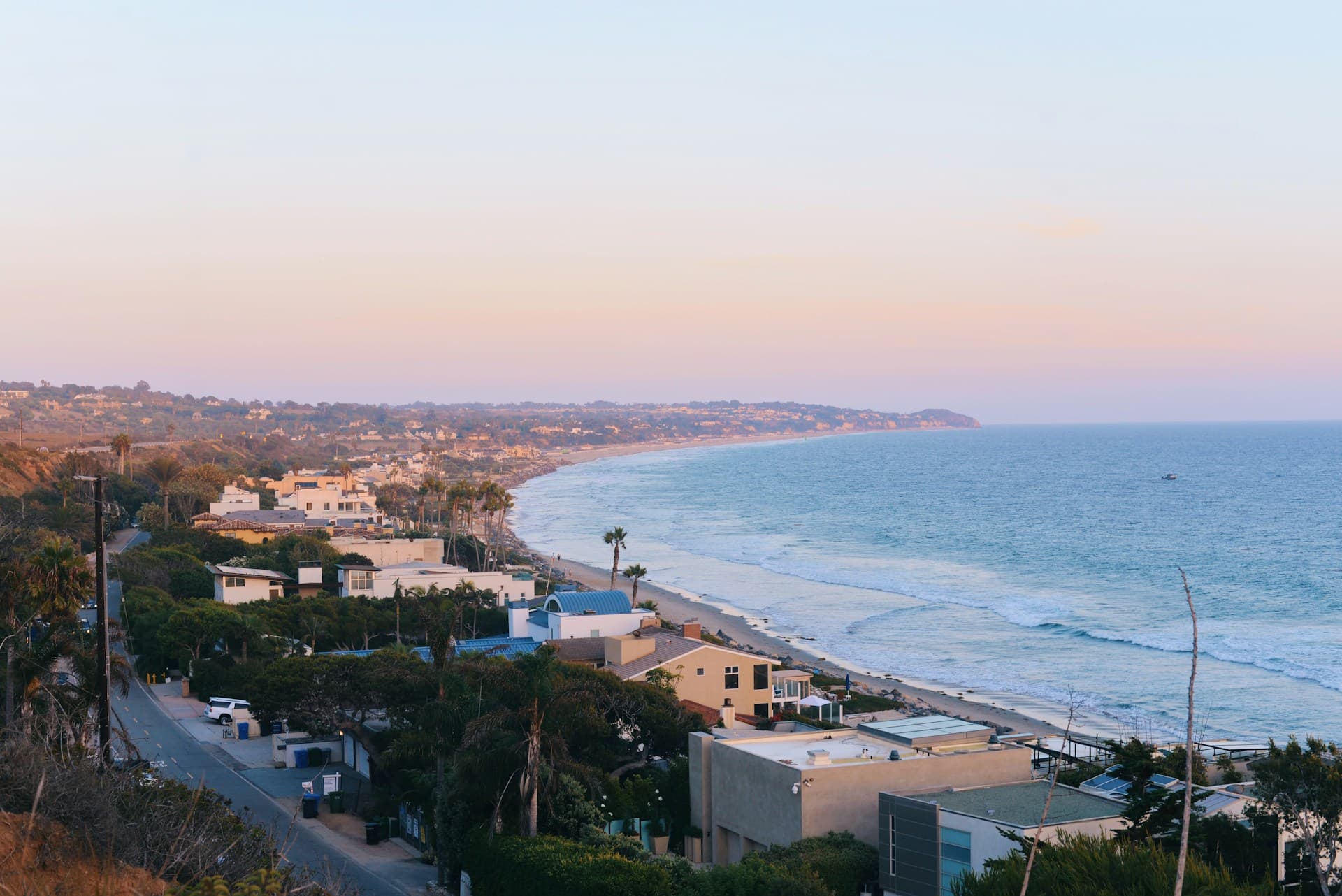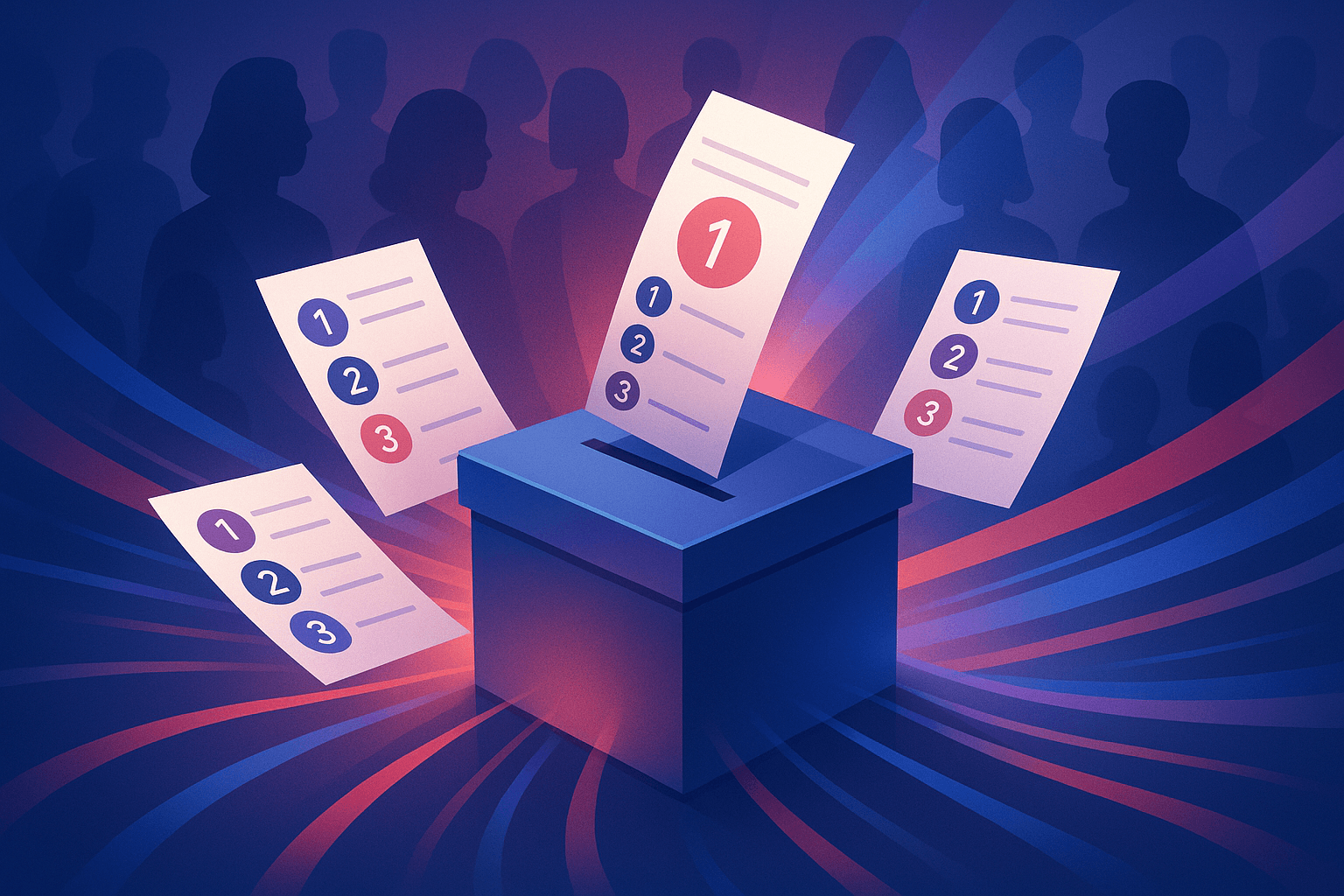Number of Registered Independents Nationwide Jumps 11.2% in 5 Years

However, there’s something more important going on than the ability of Coloradans to get legally high. Colorado was one of three states to see an increase of more than 30 percent in the number of registered independent voters, according to new research.
While Colorado, Arizona, and New Mexico saw the biggest increases, the number of registered independents nationwide has jumped 11.2 percent in 5 years -- a record increase.
The rise in independent voices is also marked by a concomitant fall in the numbers of voters registering with the two main parties. Democrats are down by 1 percent and there are 0.4 percent fewer registered Republican voters.
While it could be that the electorate has simply had enough of the political establishment and its organizations, the numbers don’t reflect a direct switch from an established party to independent.As with any national figures there are caveats. Not all the states report their voter registrations in the same way. It could be that this huge rise in independent voters is a result of newly registered voters, a movement around the country, or switching political allegiances.
Alongside Third Way’s work is the striking results of a recent Gallup poll that says 46 percent of voters nationwide self-identify as independents.
It is probably true, however, to say that American politics is as diverse and divided as it has been for a long time. Politicians -- still overwhelmingly from one of the two main parties -- simply aren’t popular.
Obamacare has seen a hugely polarized debate in which a cartoon can complain that more birth control for women will mean more STDs for men and students can be promised they will take STD tests “without paying a penny.” The government shutdown was just another demerit mark and both Congress and the president have record-low approval ratings.
Colorado saw a bigger jump in independent voter registration than any other state -- up 47 percent. This may reflect local as well as national issues. Experts say there is a strong streak of libertarianism in Colorado.Governor John Hickenlooper (D) is under threat after a bad year in the state with some high profile shooting deaths and national disasters. He will face re-election this year and polls suggest he may lose. Laws to limit gun ownership have proved unpopular and cost three Democratic state senators their seats.
Tax increases were predictably disliked as well and in a state described as “purple” because of its equal mix of Democrats, Republicans and independents, Hickenlooper has been too liberal for many in the state. The same division, however, is something his opponents have to contend with as well.
All this in a swing state where University of Denver professor, Peter Hanson, says many independents – socially liberal, but economically conservative – could go either way come the next presidential election.
While this research is the work of a Democratic group, it does highlight an important issue for both main parties. Democrats and Republicans need to take note of what independents are thinking and acknowledge that like their own diverse parties, independents do not speak with one voice.
While the growth of independents might suggest that both parties would head for the fabled center ground on which all elections are won, it also leaves the parties with a stronger, more committed, and less centrist body of members. As most states deny independents meaningful access to the pivotal primary process, this may not have the impact many hope to see in 2014.
Photo Credit: Keith Bell / shutterstock.com




